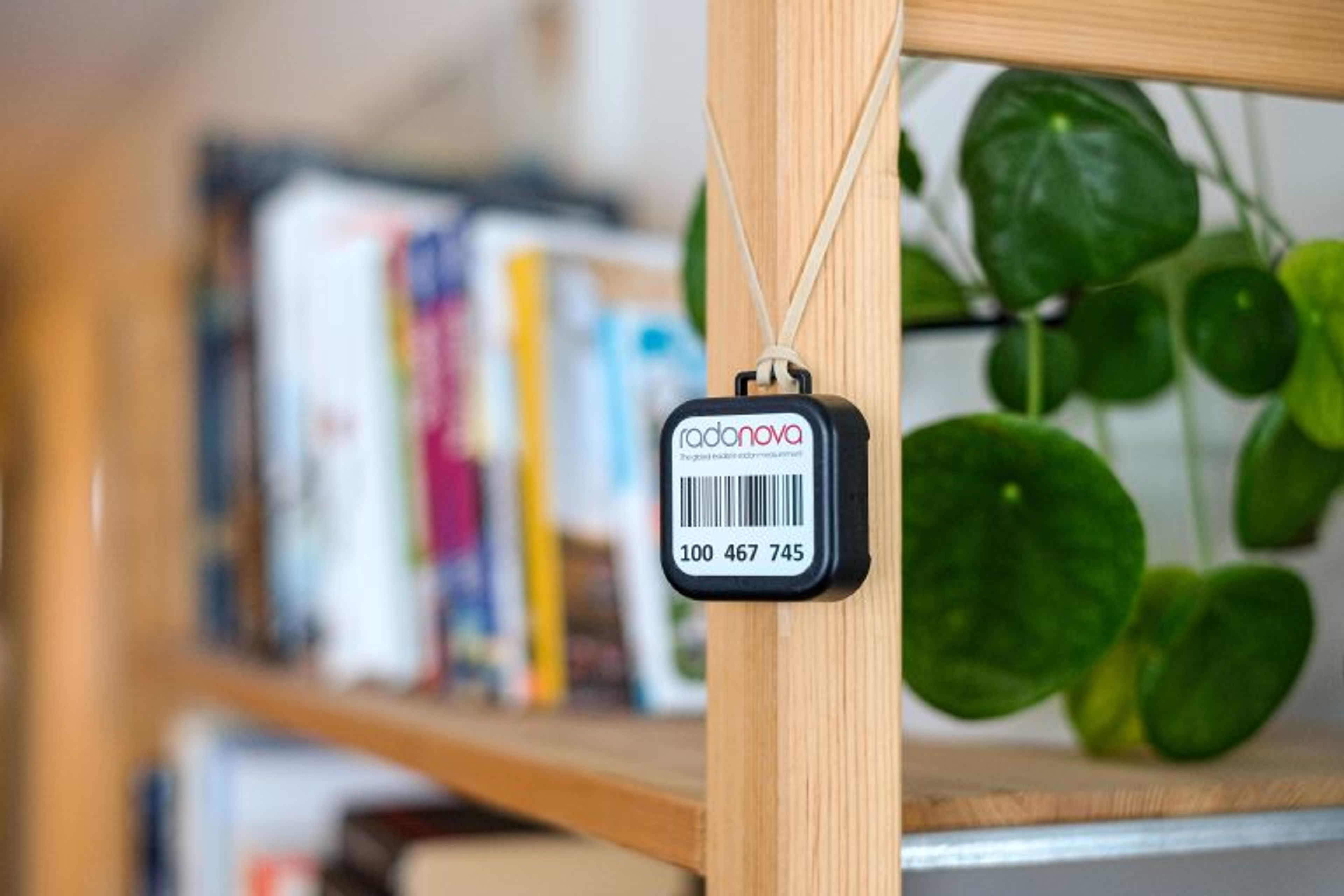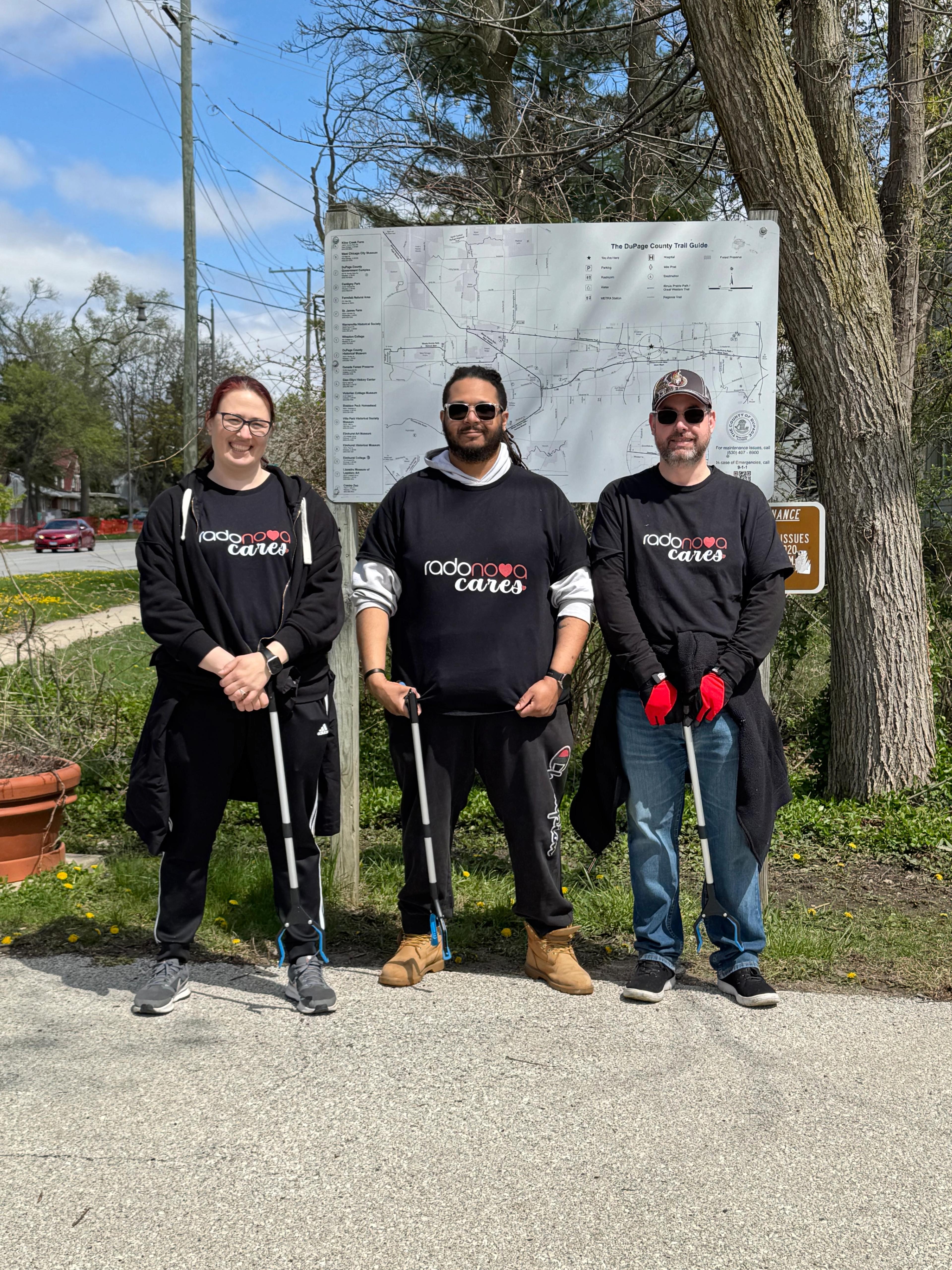

May is Clean Air Month
How clean is your air? Test it during Clean Air Month!
Did you know that a growing body of scientific evidence indicates that the air within your home and workplace can be more polluted than the outdoor air of the industrial cities?
Every May since 1972, the American Lung Association has sponsored Clean Air Month. This awareness month not only celebrates the achievements and advances in air quality since the passage of the Clean Air Act, but also educates people about the importance of clean air and the connection between air quality and respiratory health. One of the major categories focused on during Clean Air Month is indoor air quality (IAQ).
What is indoor air quality (IAQ)?
The United States Environmental Protection Agency (EPA) defines IAQ as “the air quality within and around buildings and structures, especially as it relates to the health and comfort of building occupants.” With the average person spending approximately 90% of their time indoors, the possibility of health effects due to poor air quality is elevated. Poor indoor air quality can cause asthma, bronchitis, allergies, lung cancer, and more.
These diseases may be preventable by mitigating the source of the pollutant. Therefore, identifying the pollutant is paramount. A significant, but often overlooked, indoor air pollutant is radon gas.
Radon and indoor air quality
Radon exposure is the second leading cause of lung cancer in the United States, only behind smoking. It is responsible for thousands of deaths each year. The noble gas radon is invisible, odorless, and tasteless. Radon is released during the natural decay of uranium in nearly all soils and rocks. It often enters buildings through cracks, and through other openings in foundations such as sump pumps. Buildings trap radon inside where it eventually begins to build up to potentially dangerous levels. These particles can be breathed into the lungs where they bombard the cells with dangerous, cancer-causing radiation. In the United States, the EPA recommends action if radon levels are 4.0 pCi/L or higher. The Health Canada guideline recommends remedial solutions at 200 Bq/m³ or higher. Any building can have a radon problem. New and old homes, well-sealed and drafty homes, and homes with or without basements all have the potential for dangerous levels.
Measuring radon in your home or workplace
Radonova urges everyone to be cautious of their own personal indoor air quality and test for radon in their homes and workplaces. Testing is the only way to determine the radon levels in the sites you spend the most time. It is recommended to test below the third floor in buildings. Even if you have tested for radon before, it is recommended to test every two years.
Radonova has an entire gallery of different radon tests available.
- QuickScreen is a 2-to-4-day charcoal radon screener that is good for getting a quick snapshot of radon levels, but it does not give the full picture.
- The 10 to 90 day Rapidos alpha track detector provides detailed and accurate results in a relatively quick period.
- The Radtrak³ is the most popular alpha track radon detector in the world. It is deployed for up to 365 days and the most accurate option.
Whatever testing method you decide to use will be a great first step in maintaining safe air quality levels in your home or workplace.
Click here to stay informed about radon industry news and product discounts.
Published
May 03, 2022



